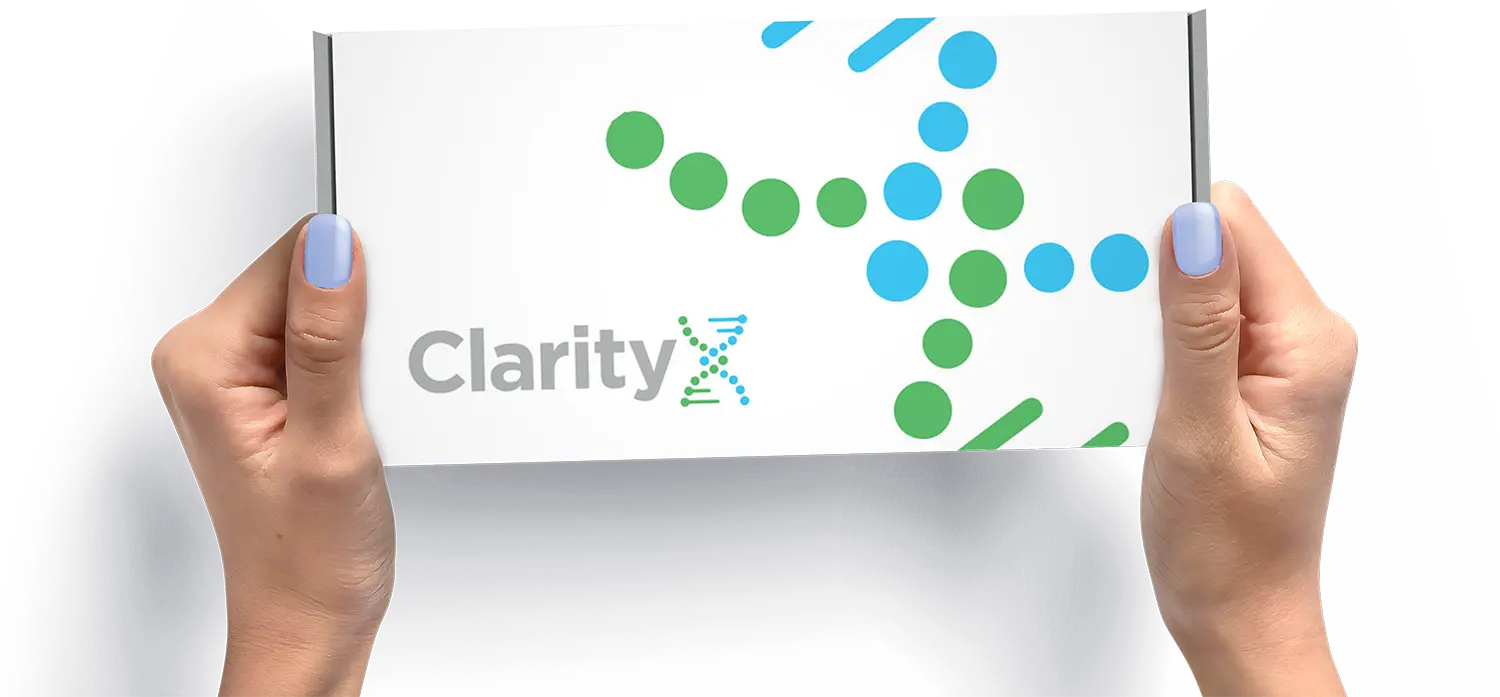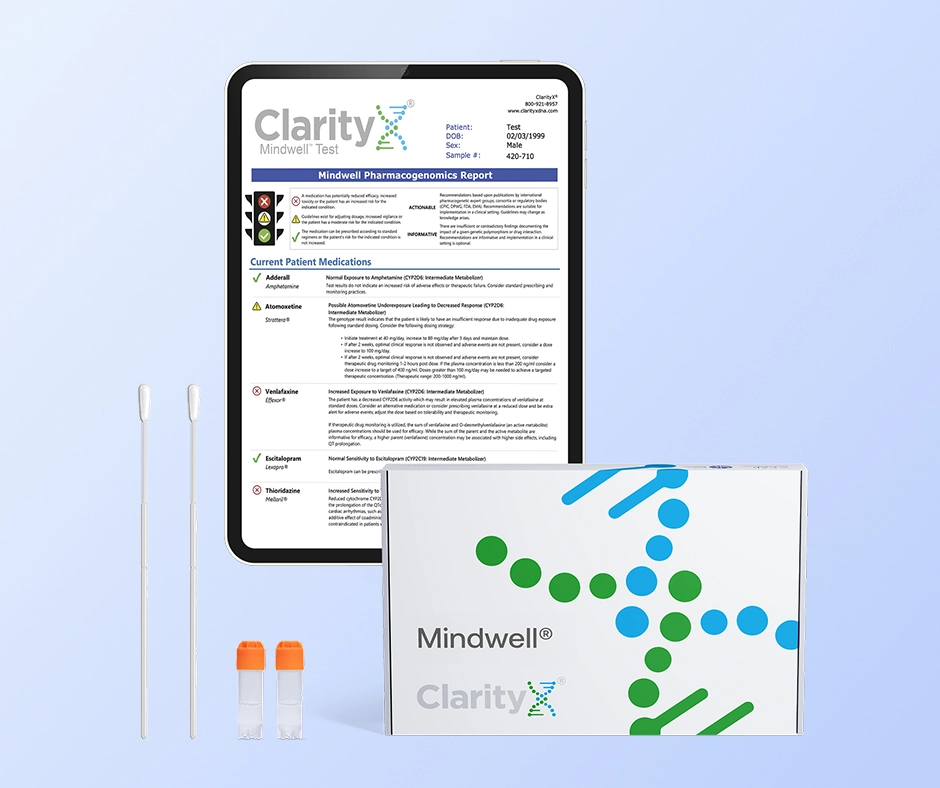🇺🇸 Fourth of July Sale! Save 25%
Free Express Shipping
Sale Ends: 07/04
Uses
Side effects
Interactions
Precautions
How Effexor (Venlafaxine) works
Effexor XR is a serotonin and norepinephrine reuptake inhibitor (SNRI) indicated for the treatment of:
- Major Depressive Disorder (MDD)
- Generalized Anxiety Disorder (GAD)
- Social Anxiety Disorder (SAD)
- Panic Disorder (PD)
What are the side effects of Effexor (Venlafaxine)?
Most common adverse reactions (incidence ≥ 5% and at least twice the rate of placebo):
- nausea
- somnolence
- dry mouth
- sweating
- abnormal ejaculation
- anorexia
- constipation
- erectile dysfunction
- libido decreased
- Serotonergic Drugs (e.g., MAOIs, triptans, SSRIs, other SNRIs, linezolid, lithium, tramadol, or St. John’s wort): Potential for serotonin syndrome. Careful patient observation is advised.
- Clinical Worsening/Suicide Risk: Monitor for clinical worsening and suicide risk
- Serotonin Syndrome: Risk increases with concomitant use of other serotonergic drugs. Discontinue Effexor XR and initiate supportive treatment if serotonin syndrome occurs
- Elevations in Blood Pressure: Control hypertension before initiating treatment. Monitor blood pressure regularly during treatment
- Abnormal Bleeding: Effexor XR may increase risk of bleeding events. Caution patients about the risk of bleeding associated with the concomitant use of Effexor XR and NSAIDs, aspirin, or other drugs that affect coagulation
- Angle Closure Glaucoma: Angle closure glaucoma has occurred in patients with untreated anatomically narrow angles treated with antidepressants.
- Activation of Mania/Hypomania: Use cautiously in patients with bipolar disorder. Caution patients about the risk of activation of mania/hypomania.


